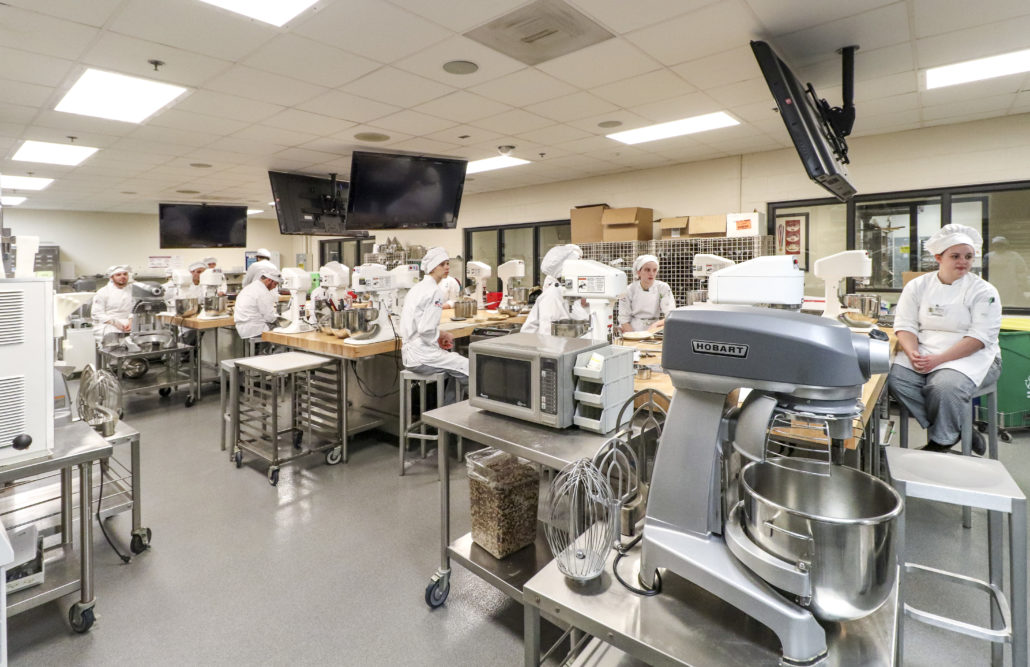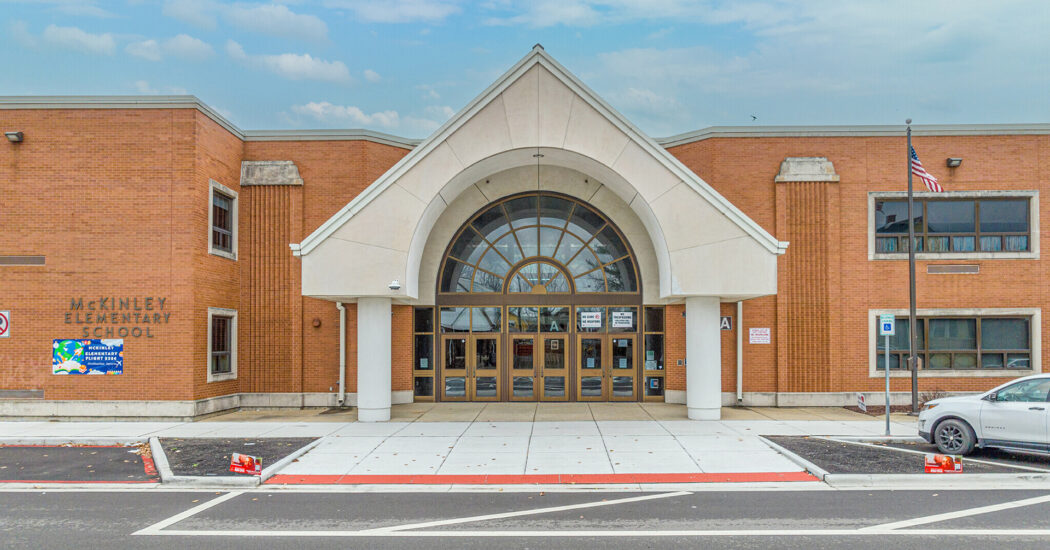Culinary Centers: Sequence of Events
-
Category
Studio-Higher Ed, Innovation -
Posted By
Kevin Shelley -
Posted On
Sep 16, 2015
In a previous blog post, we talked about the Growing Demand for Culinary Centers and What is in a Culinary Center.
The focus today is The Sequence of Events and Main Takeaways.
The Sequence of Events
Once the programming (types of labs) is determined, the next most important component in planning a culinary center is ensuring that the “sequence of events” throughout the labs flow smoothly throughout the entire day. We call it “Following the Food”.
The sequence starts at the loading dock where each day’s bulk food and supplies are delivered and ends with the disposal of food and waste materials after classes are complete. The sequence from start to finish requires a clear path of travel from the loading dock to bulk storage areas where the supplies logged in and are then broken down for distribution to each lab/class. A student from each scheduled class is then responsible to retrieve the required ingredients from the central storage area and take them by cart back to the lab space. At the end of the class session, the students clean the lab and a student is then responsible to take all of the food waste from the lab out to the pulpers and dehydrators for proper disposal. With the right equipment, you can eliminate up to 90% of the food waste.
Main Takeaways
Some thoughts …
An effective culinary education space is a blend of the latest in culinary cooking equipment and an educational space with audio/visual tools to enhance the education process. The best design has to understand the importance of both!
Operationally, the backbone of a good culinary center is a design that understands the flow of the food from delivery to disposal.
Don’t forget the students! Culinary centers need to account for the reality that the students may be coming from other jobs or other classes. Space needs to be provided for students to change clothes (locker rooms) and to hang out between class sessions (lounge space).
Schmidt Associates’ main takeaway from working on culinary centers is there has to be an overarching plan that combines both cooking and learning environments together as one. For example, the designer must take into consideration that the students have other classes and responsibilities outside of the culinary center—which means a locker room or lounge area for the students to change into their culinary uniforms and prepare for class. Further, from an educational standpoint, technology and equipment is essential for fostering a learning environment that is majorly based on demonstration and hands-on work. The sequence of events also holds an important spot in the planning process. Unlike other projects, the layout and design of a culinary center is completely dependent on all of the activities that take place between the labs on a daily basis.
The demand for culinary education is on the rise. Whether you are a home cook looking to improve your culinary skills at a local Ivy Tech, or a student looking for a career in the culinary arts, culinary centers are complex labs that take careful planning and design.

Ivy Tech Culinary Lab







